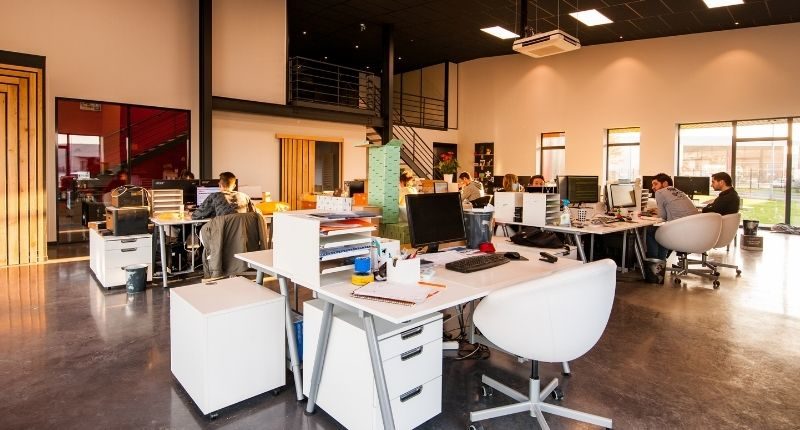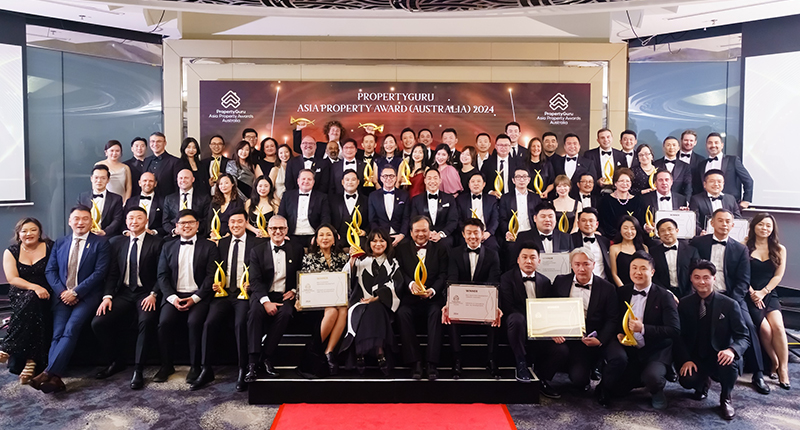- 2023 to become a 'blueprint of the new normal' says Robert Wilkinson of OfficeMaps
- Cloud-based offices an emerging office trend
- However, the office itself won't render the office obsolete
As the end of 2022 approaches, a clearer picture of the office environment is emerging with Australians adapting themselves to post-COVID living and working arrangements.
Robert Wilkinson, CXO of OfficeMaps, said 2023 will become a “blueprint of the new normal” as workplaces shape up to the shift in employment preferences and office arrangements.
In particular, Mr Wilkinson identified four market trends that will allow for better collaboration and increased efficiency, taking into account the influence of a Millennial/Gen Z workforce.
What the 2023 office will look like?
- Employees demand flexible work arrangements
- Cloud-based offices
- The influence of Millennial/Gen Z workers on the workplace
- A desire for remote work doesn’t render the office obsolete
Employees demand flexible work arrangements
Mr Wilkinson noted that hybrid working is now an entrenched part of modern workplaces, with Australian workers making it known that working from home (WFH) is not a temporary fad.
With employees struggling to attract and retain skilled workers, WFH arrangements are expected to be part of the deal.
“Research from the National Bureau of Economic Research in the US found that Aussies worked an average of two days a week at home at the time of the surveys, a higher number compared to the other 27 survey countries which averaged 1.5 days,” he said.
“The research also found that while the average Australian employer wanted workers to work only one day a week from home, employees overwhelmingly preferred to work two days remotely.
“Australian workers are so attached to working from home that 35% said they would quit immediately and start looking for a new job if employers required them to return to the office full-time.
Robert Wilkinson, OfficeMaps
“The increase in workplace freedom has become integral to employee satisfaction: office workers are relieved of spending more time commuting to and from work, are able to focus on key tasks without distraction and are able to adapt their timetable to their needs.
“Employers are responding by offering various hybrid working models from the completely nomadic office to a defined split between office and WFH days.
“In 2023 an element of discussion and negotiation of remote working arrangements is expected particularly when onboarding new employees.”

Cloud-based offices
Software-as-a-Service (Saas) delivered via a web browser has facilitated the concept of the ‘cloud office’. It is expected more companies will find their grove in 2023 when it comes to defining the process and technologies required to make a remote office work.
“From collaboration and communication tools that encompass email, file sharing, instant messaging, online conferences, as well as document management, project management, timetables and more, the options are endless and have the potential to transform a workplace with the power of technology.
“Modern offices no longer need to be a physical place of storage for the filing of documents which means the look and layout of workplaces are automatically different to offices of the past.
“Neither is there a need for many of the staples of offices in the pre-digital phase – stationary, printing, paperwork and binders are mostly obsolete especially as workplaces attempt to reduce their environmental impact.”
The influence of Millennial/Gen Z workers on the workplace
Technology has unlocked avenues for new ways of working. It is clear that both Millennials and Gen Z’s have different ideas and expectations of the workplace, and are not afraid to influence employers in order to get what they want.
It is estimated that by as soon as 2025, Millennials could make up 75% of the global workforce.
With digital natives sued to navigating technology, both generations hold many of the same workplace values: work-life balance, flexibility and supportiveness. This includes being less motivated by many, with many employees willing to walk away if their values don’t align with their employers.
“To attract the best and brightest from this cohort, organisations must try to understand their needs and adjust accordingly,” said Mr Wilkinson.
“This often falls along the line of management styles (supportive and collaborative instead of hierarchical), corporate social responsibility measures like eco-friendliness and diversity and equality in the workplace.
“When deciding who to work for, flexibility is a huge factor for Gen Z and Millennials. According to one survey 74% of Gen Z workers would opt for hybrid or totally remote work while a further 82% wanted mental health days. In 2023, office managers will need to factor in the needs of this group as they organise rosters and timetables and coordinate events.”
Offices still desired and needed
The last trend acknowledges that the office is not obsolete.
The beauty of hybrid, Mr Wilkinson, is that workers can experience both WFH and office on their terms.
“Many people still enjoy the camaraderie of meeting with colleagues and being able to bounce ideas off each other. Offices are now places where the magic of collaboration and connection occurs while remote days are for actually getting down to do the work,” he said.
“Organisations are therefore still choosing to maintain offices, but are downsizing as they no longer require the same amount of space. Offices are changing to facilitate more socialising with ‘café areas’, casual areas and couches for staff to interact in a relaxed setting. The influence of COVID means that office layouts are increasingly merged with the comforts of home featuring plenty of comfortable seating, warm lighting, soft furnishings, indoor plants and décor.
In conclusion, Mr Wilkinson expects technology that supports hybrid technology to mature.
“Through digital technology how we connect and collaborate at work is becoming ever more sophisticated and the pay-off is invaluable in terms of employee satisfaction and organisational efficiency,” he said.








